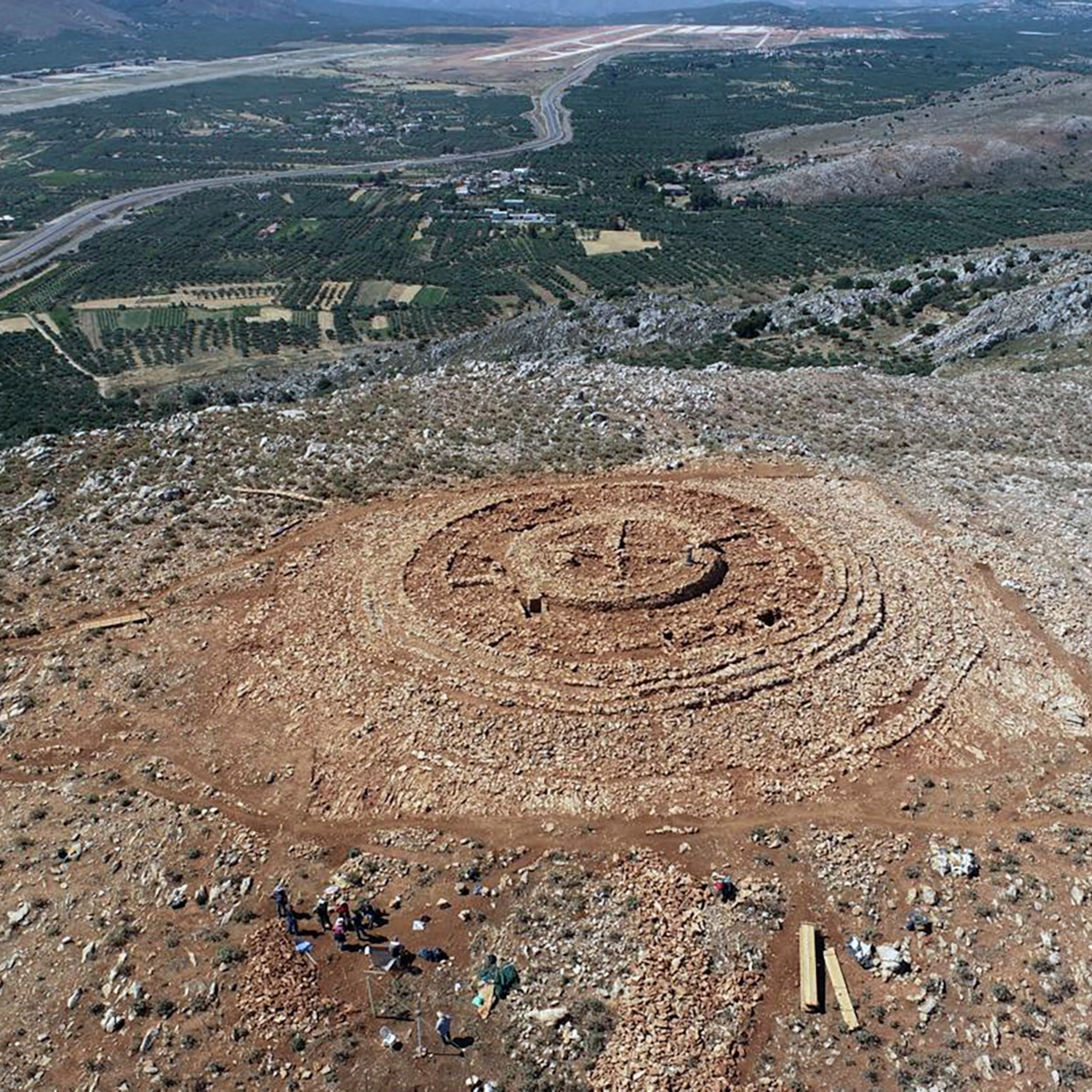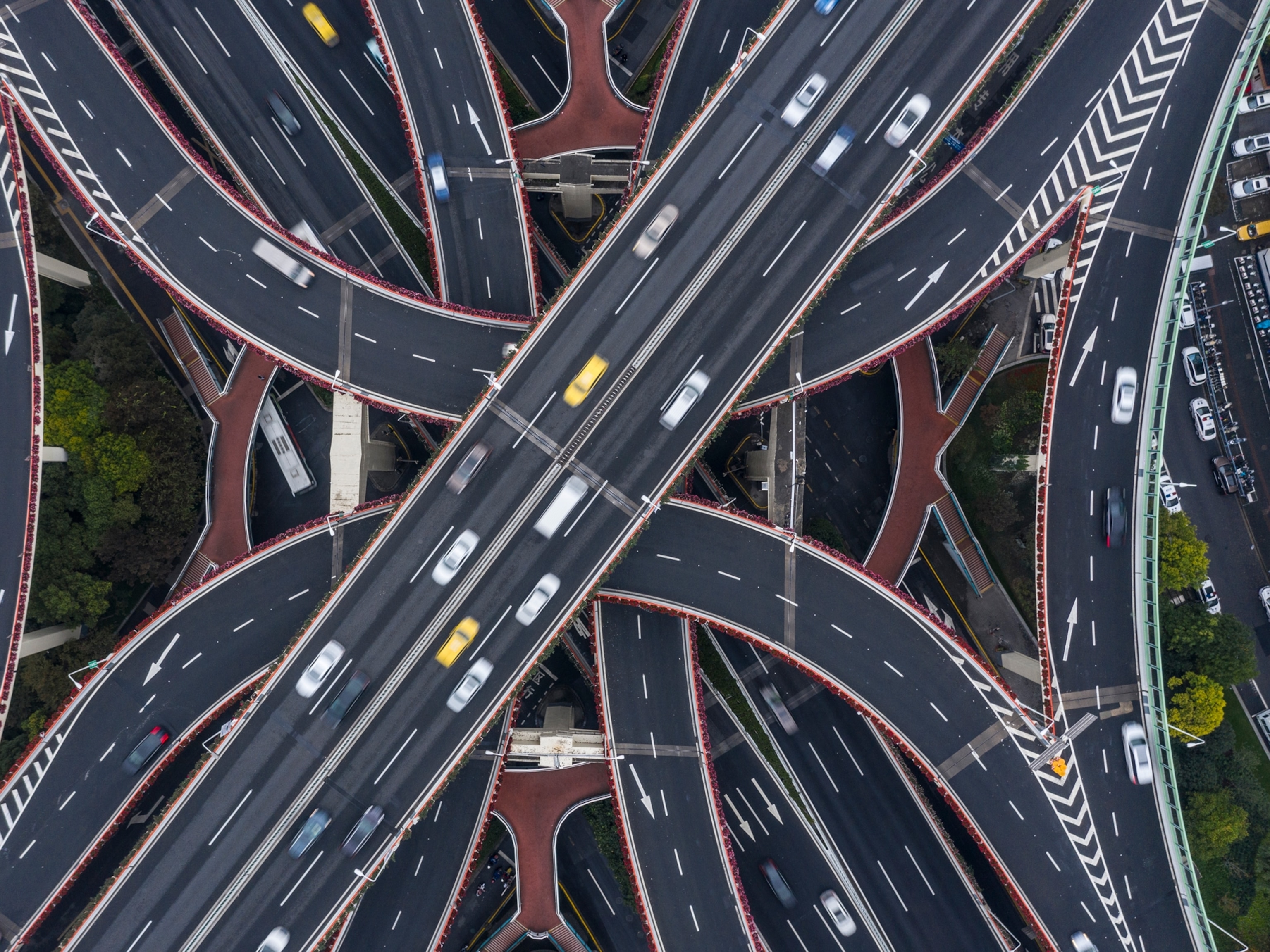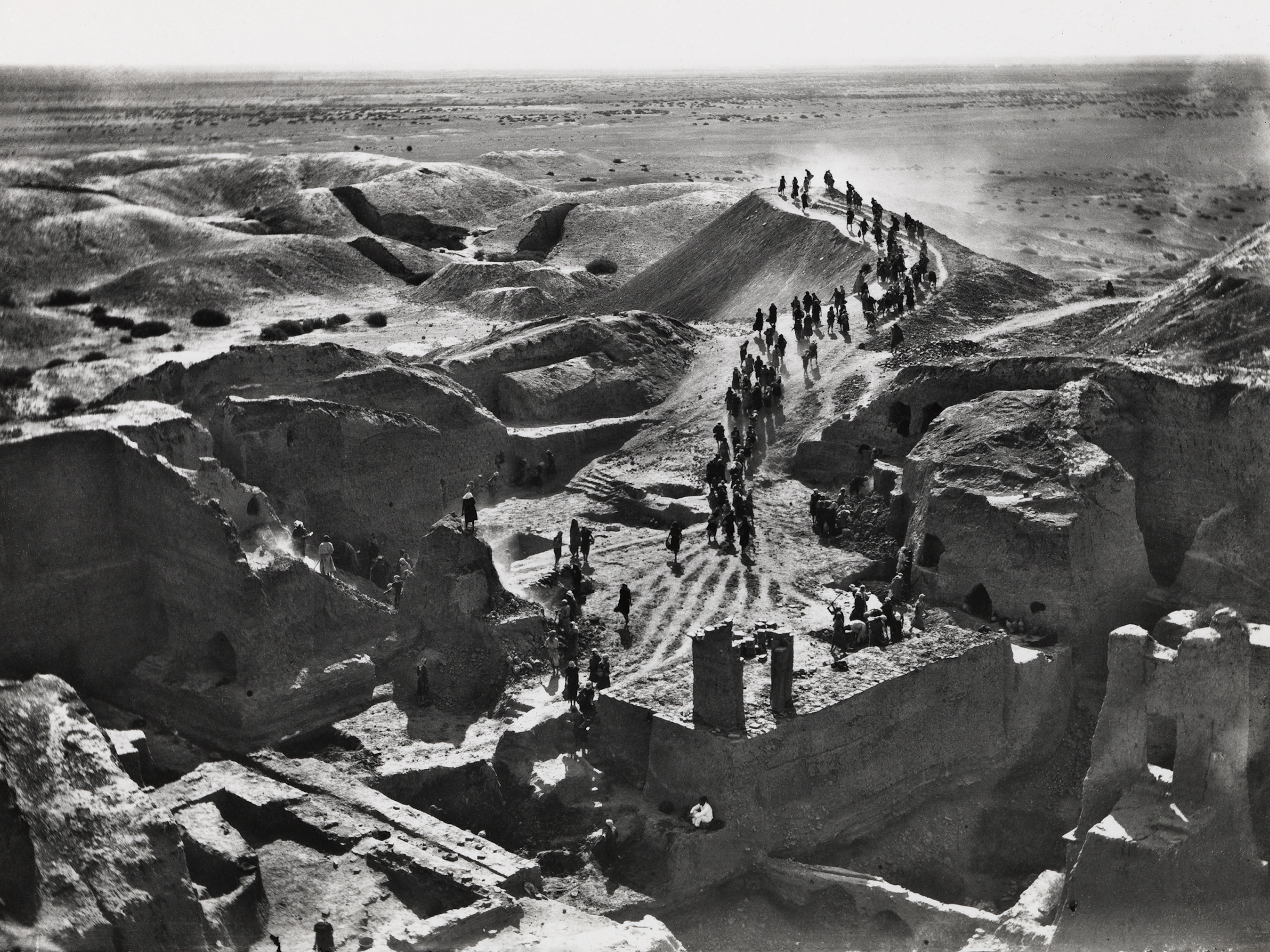
To build the cities of the future, we must get out of our cars
Remaking healthy urban areas means repairing damage done to communities once blown apart to serve the automobile.
The purpose of cities is to bring people together. In the 20th century, we blew them apart. One day last year, Peter Calthorpe took me on a drive through some of the wreckage. He wanted to show me how he proposes to make cities whole again.
Calthorpe is an architect who in the late 1970s helped design one of the first energy-efficient state office buildings, which still stands in Sacramento, California. But he soon widened his focus. “If you really want to affect environmental outcomes and social outcomes, it’s not shaping a single building that matters,” he says. “It’s shaping a community.”
Today he runs a small but globally influential urban design firm, Calthorpe Associates. In his spare, airy office in Berkeley, the charter of the Congress for the New Urbanism hangs framed on the wall, denouncing “the spread of placeless sprawl.” Calthorpe helped launch the group in 1993. The struggle is long and ongoing.
We waited until late morning for the traffic to settle a bit, then got into Calthorpe’s midnight blue Tesla and set a course for Silicon Valley, south of San Francisco on the far side of the distended metropolis.
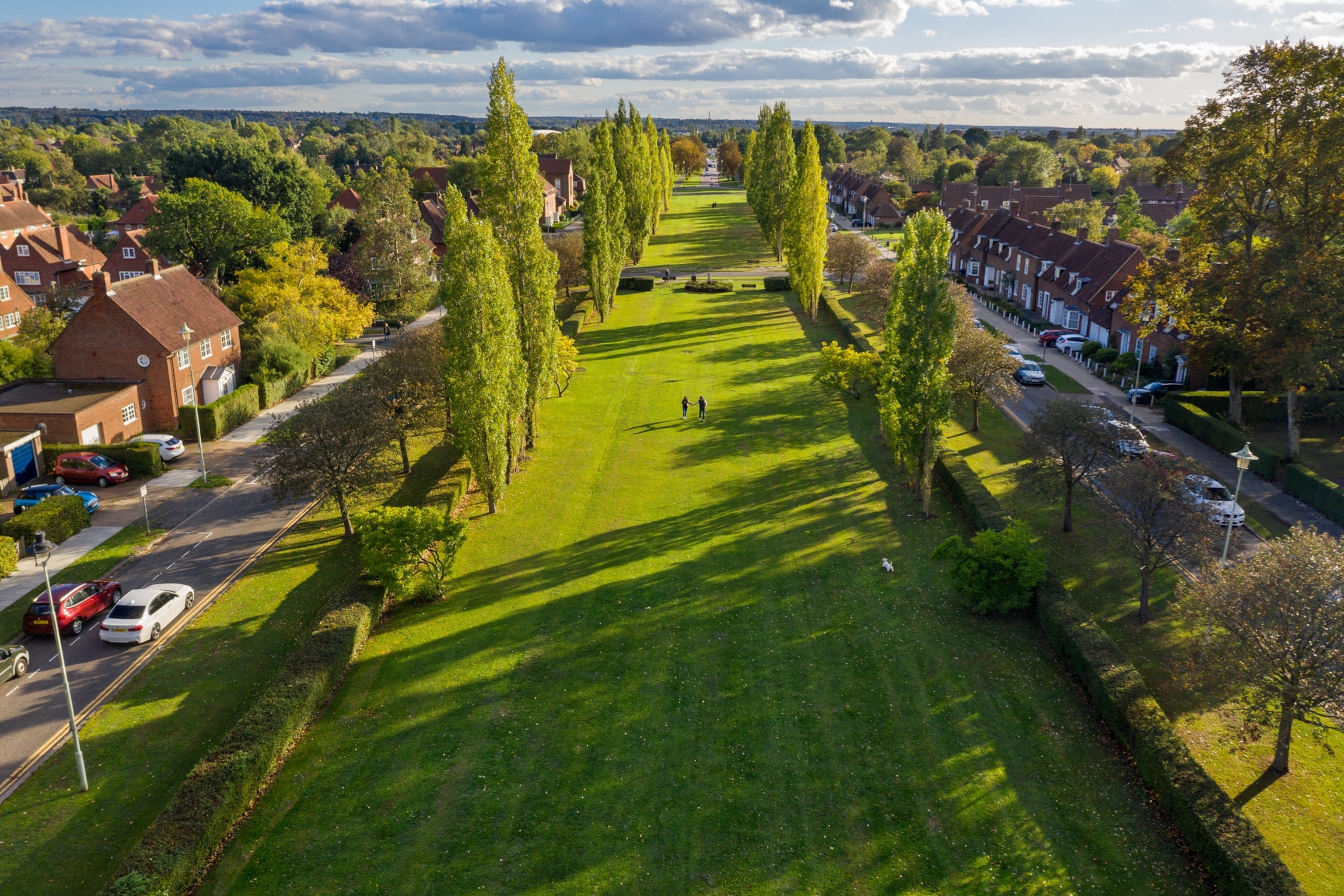
“The problem with urban environments that are auto oriented,” he said, as we wound our way toward the Bay Bridge, “is that if there’s no choice, if the only way to get around is in a car, lo and behold, people are going to use cars too much. Too much for the climate, too much for people’s pocketbooks, too much for the community in terms of congestion, too much for people’s time. I mean, every way you measure it, it has a negative—no walking is a prescription for obesity. Air quality feeds into respiratory illnesses.”
In the 1990s Calthorpe scored a breakthrough: He helped persuade Portland, Oregon, to build a light-rail line instead of another freeway and to cluster housing, offices, and shops around it. “Transit-oriented development” sealed his reputation as an urban visionary; in Beijing, I met an environmental scientist who has taken many Chinese planners to visit Portland. It was less of a new idea, Calthorpe said, than a call “to reinvent the old streetcar suburb, where you had fabulous downtowns and you had walkable suburbs, and they were linked by transit.”
On the bridge, despite leaving late, we hit stop-and-go traffic.
In Calthorpe’s utopia, in China or America or elsewhere, cities would stop expanding so voraciously, paving over the nature around them; instead they’d find better ways of letting nature into their cores, where it can touch people. They’d grow in dense clusters and small, walkable blocks around a web of rapid transit. These cities of the future would mix things up again: They’d no longer segregate work from home and shopping, as sprawl does now, forcing people into cars to navigate all three; they’d no longer segregate rich from poor, old from young, and white from black, as sprawl does, especially in the United States. Driving less, paving less, city dwellers would heat the air and the planet around them less. That would slow the climate change that threatens, in this century, to make some cities unlivable.
To do all this, in Calthorpe’s view, you don’t really need architectural eye candy or Jetsons technology—although a bit of that can help. You need above all to fix the mistakes and misconceptions of the recent past.
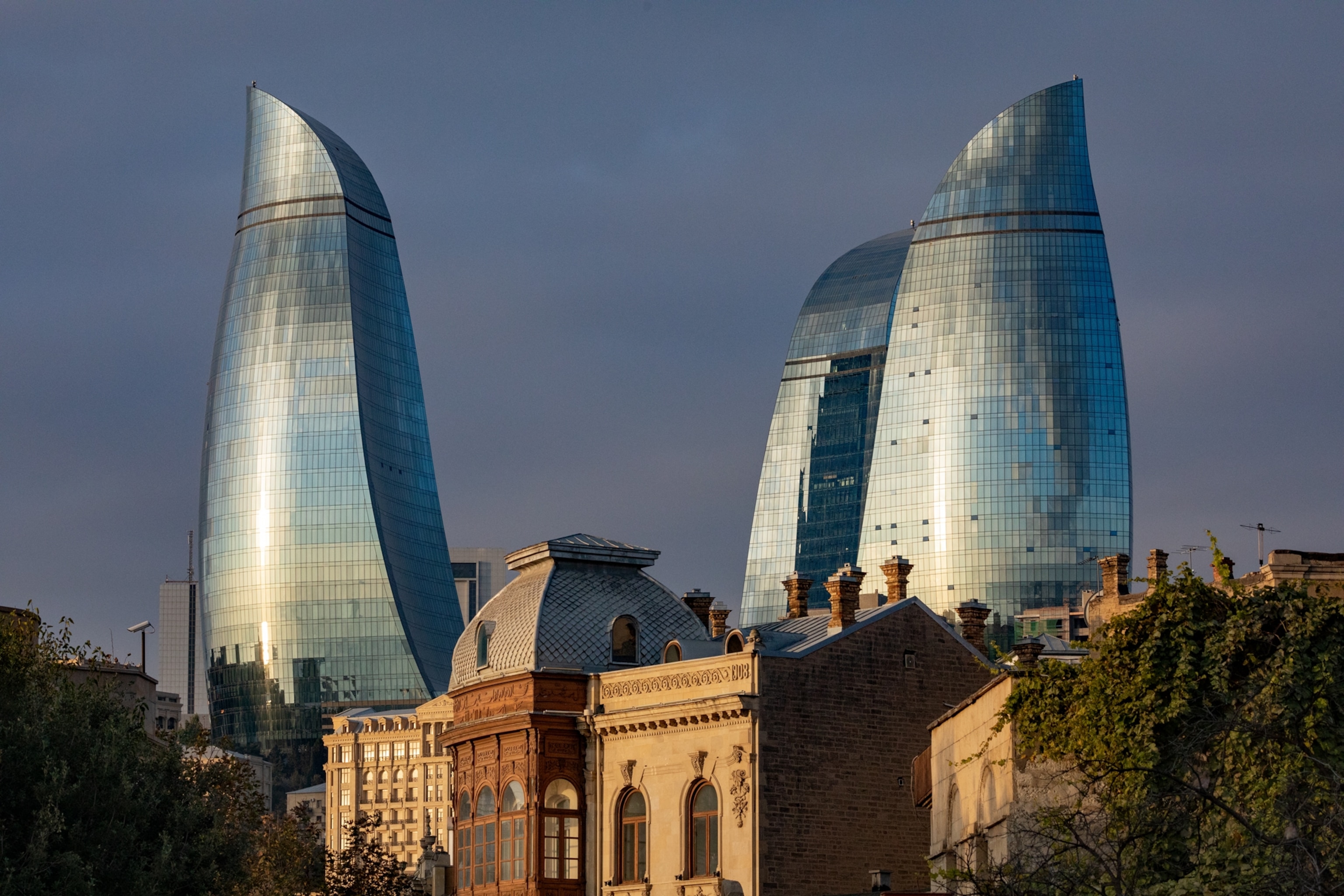
South of the San Francisco airport, Calthorpe turned off the Bayshore Freeway. We were headed for Palo Alto, where he grew up in the 1960s, but we’d really come to drive El Camino Real—the road once traveled by Spanish colonists and priests. “It was the old Mission Trail,” he said. “And right now, it runs through the heart of Silicon Valley, and it’s just low-density crap.”
Town after town spooled by, tire shop after U-Haul dealer after cheap motel. El Camino is one of the oldest commercial strips in the western United States, and it’s not the ugliest. To Calthorpe, its interest is not as an eyesore but as an opportunity. Not many people live on the road, because it’s mostly zoned for commercial use. Yet Silicon Valley is desperately short of housing. Tens of thousands of people commute in cars from throughout Northern California. In Mountain View, home of Google, hundreds actually live in parked cars.
Along the 45-mile stretch of El Camino between San Francisco and San Jose, within half a mile of the road, there are 3,750 commercial parcels occupied by a motley collection of mostly one- or two-story buildings. Calthorpe knows this from the software he and his colleagues have developed, called UrbanFootprint, which draws on a nationwide parcel-by-parcel database and a series of analytical models to game out visions of the future for cities to consider. If El Camino were lined with three- to five-story apartment buildings, Calthorpe explained, with stores and offices on the ground floor, it could hold 250,000 new homes. You could solve the Silicon Valley housing shortage and beautify the place at the same time, while reducing carbon emissions and water consumption and wasted human hours.
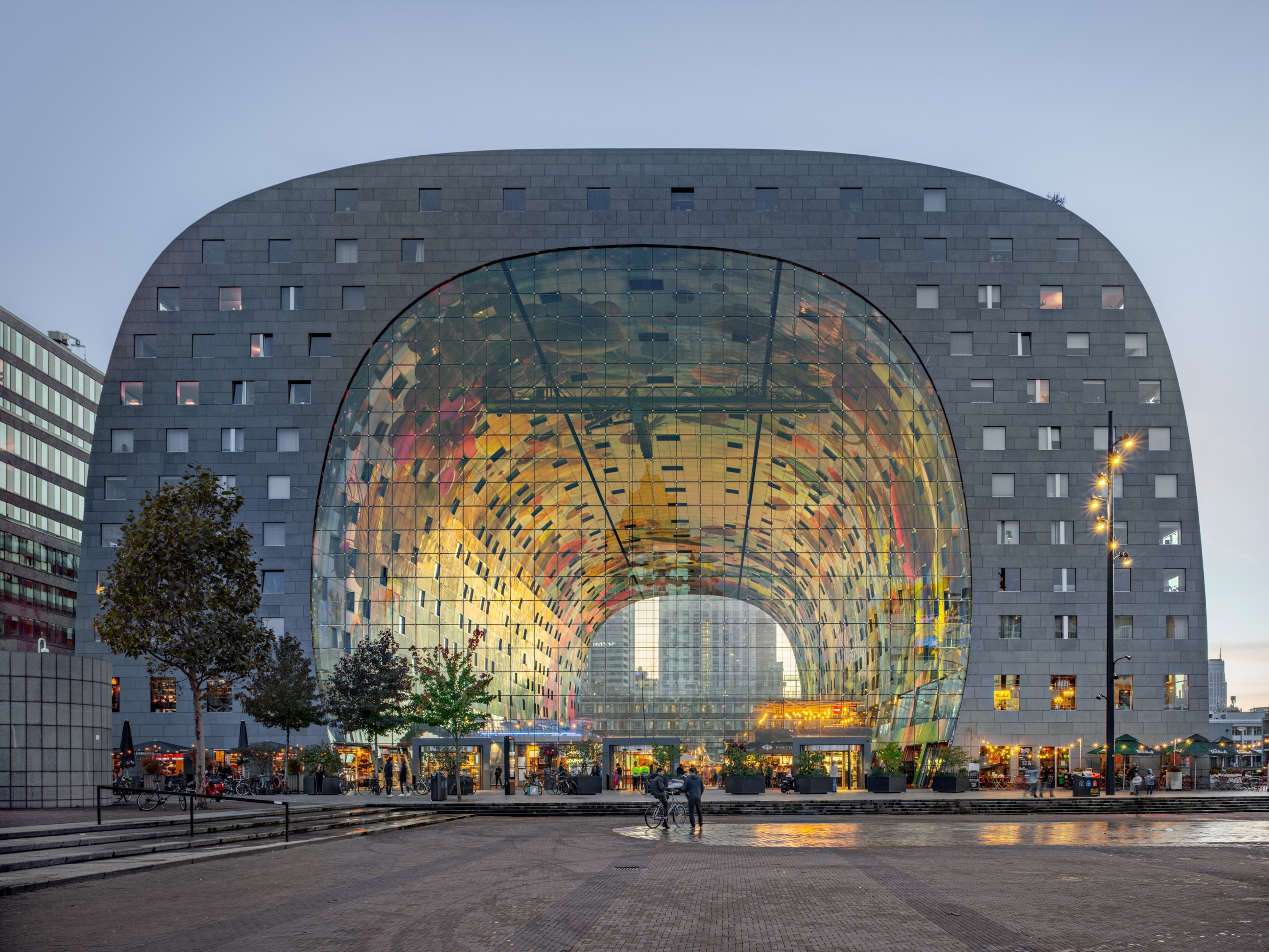
In that 45-mile “ribbon of urbanism,” children would walk to school again. Their parents would walk to the grocery store and walk or bike to work—or jump on public transit to head up or down the strip. Transit is the key: It would have to be ubiquitous and fast. But it wouldn’t be light rail this time, Calthorpe said. That’s too expensive now, and a better technology is coming.
It’s one many urban planners are terrified of: driverless autonomous vehicles, or AVs. Calthorpe himself thinks that, if AVs are left to individuals or the likes of Uber or Lyft, they will metastasize sprawl. He wants to harness the technology to benefit communities. Down the center of El Camino, on dedicated, tree-lined lanes, he would run autonomous shuttle vans. They’d arrive every few minutes, pass each other at will, and stop rarely, because an app would group passengers by destination. On their protected lanes, as Calthorpe envisions it, the little robots wouldn’t run over people—and the technology wouldn’t run over our world with its unintended consequences.
Calthorpe is a onetime hippie, but of the techno-friendly Whole Earth Catalog kind. In the late 1960s he taught at an alternative high school in the Santa Cruz Mountains, helping the kids build geodesic domes. The valley below wasn’t yet nicknamed for Silicon; it was still the Valley of Heart’s Delight, covered in fruit orchards. In the foothills, an interstate highway was under construction, to relieve congestion on El Camino and the Bayshore Freeway. “In those days, you couldn’t even see the valley,” Calthorpe recalled. “It was just a sea of smog. It was just really clear that something was profoundly wrong.” Today there’s less smog, but the city is still broken, and on his good days, it still seems fixable to him.
When the Congress for the New Urbanism held its annual meeting last year in Savannah, Georgia, the keynote speaker was Jan Gehl, an urban designer from Copenhagen. An oracular octogenarian, Gehl is revered for his simple insights: Architects and urban designers should build “cities for people” (the title of one of Gehl’s books, translated into 39 languages), not cars. They should pay attention to the “life between buildings” (another book title), because it’s crucial to our well-being. Gehl has spent decades observing how people behave in public spaces, collecting data on which kinds encourage civic life and which tend to be dispiriting and empty.
“There is great confusion about how to show the city of the future,” he said as we sat at an outdoor café on a square shaded by live oaks. From time to time a horse clopped by, pulling a carriage full of tourists. “Every time the architects and visionaries try to paint a picture, they end up with something you definitely would not like to go anywhere near.”

He opened his laptop and showed me a Ford Motor Company website called the City of Tomorrow. The image showed a landscape of towers and verdant boulevards with scattered humans and no sign of them interacting.
“Look at how fun it is to walk there,” Gehl said dryly. “There are only a few hostages down there among the autonomous cars.”
“Towers in the park,” as New Urbanists call this kind of design, is a legacy of modernist architecture, whose godfather was Le Corbusier. In 1925 he proposed that much of central Paris north of the Seine be razed and replaced with a grid of 18 identical glass office towers, 650 feet high and a quarter mile apart. Pedestrians would walk on “vast lawns” gazing up at “these translucent prisms that seem to float in the air.” Cars would whiz by on elevated expressways. Cars, Le Corbusier thought, had made the streets of Paris, “this sea of lusts and faces,” obsolete.
Like most of Le Corbusier’s ideas, the Plan Voisin was never built. But his influence was nonetheless global. It’s seen in the notorious housing projects of American city centers—some since demolished—and in the corporate office parks that dot the suburban landscape. It lives on too in the dozens of entirely new cities now being planned and built all over the world, especially in Asia. Many of those cities claim to prioritize walking and public transit, says Sarah Moser, a McGill University urban geographer who has studied them, but most in fact don’t. Putrajaya, Malaysia’s new federal administrative center, is a good example: Half of it is devoted to green space. But as Moser points out, “it takes a lot of walking to get from building to building.”

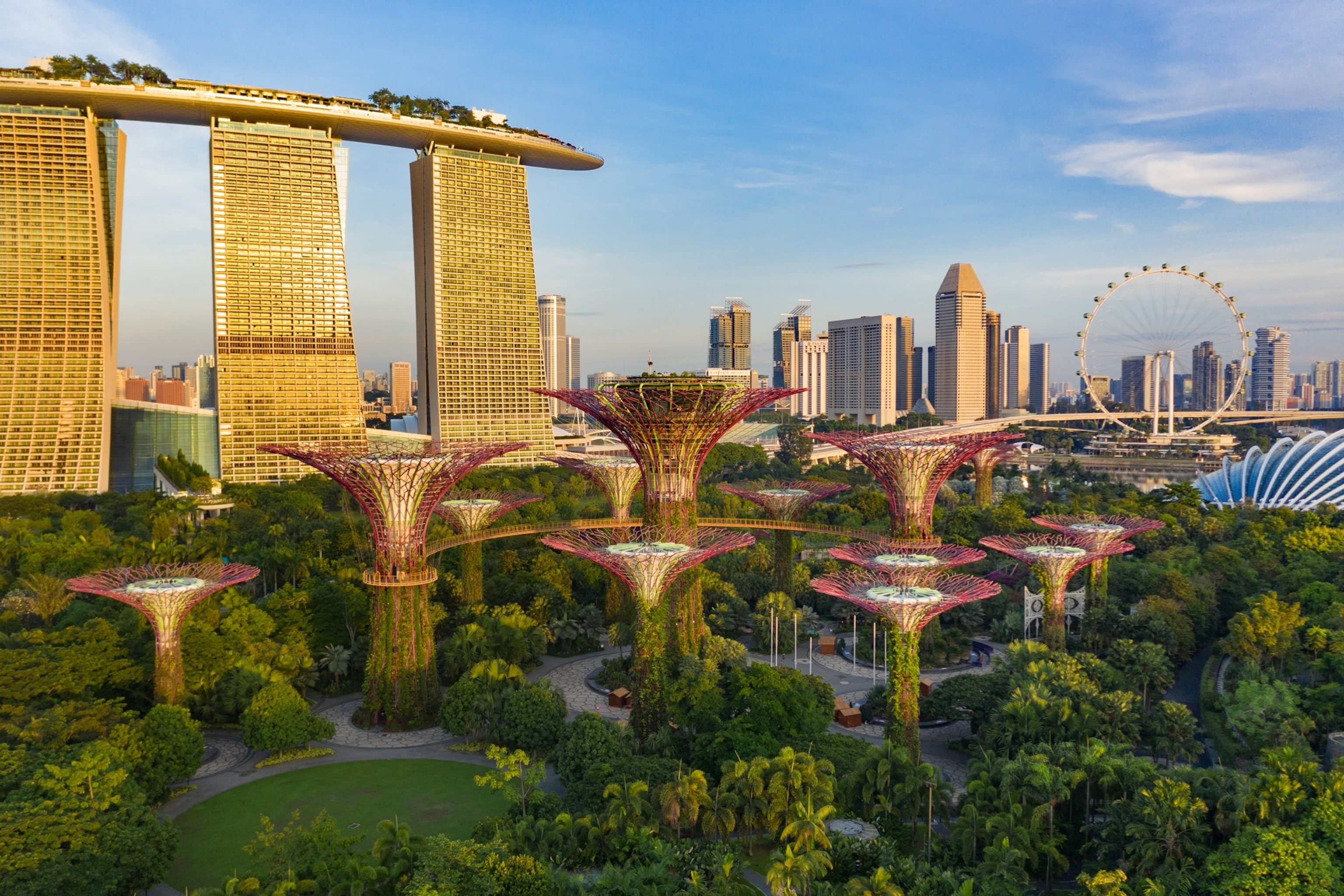
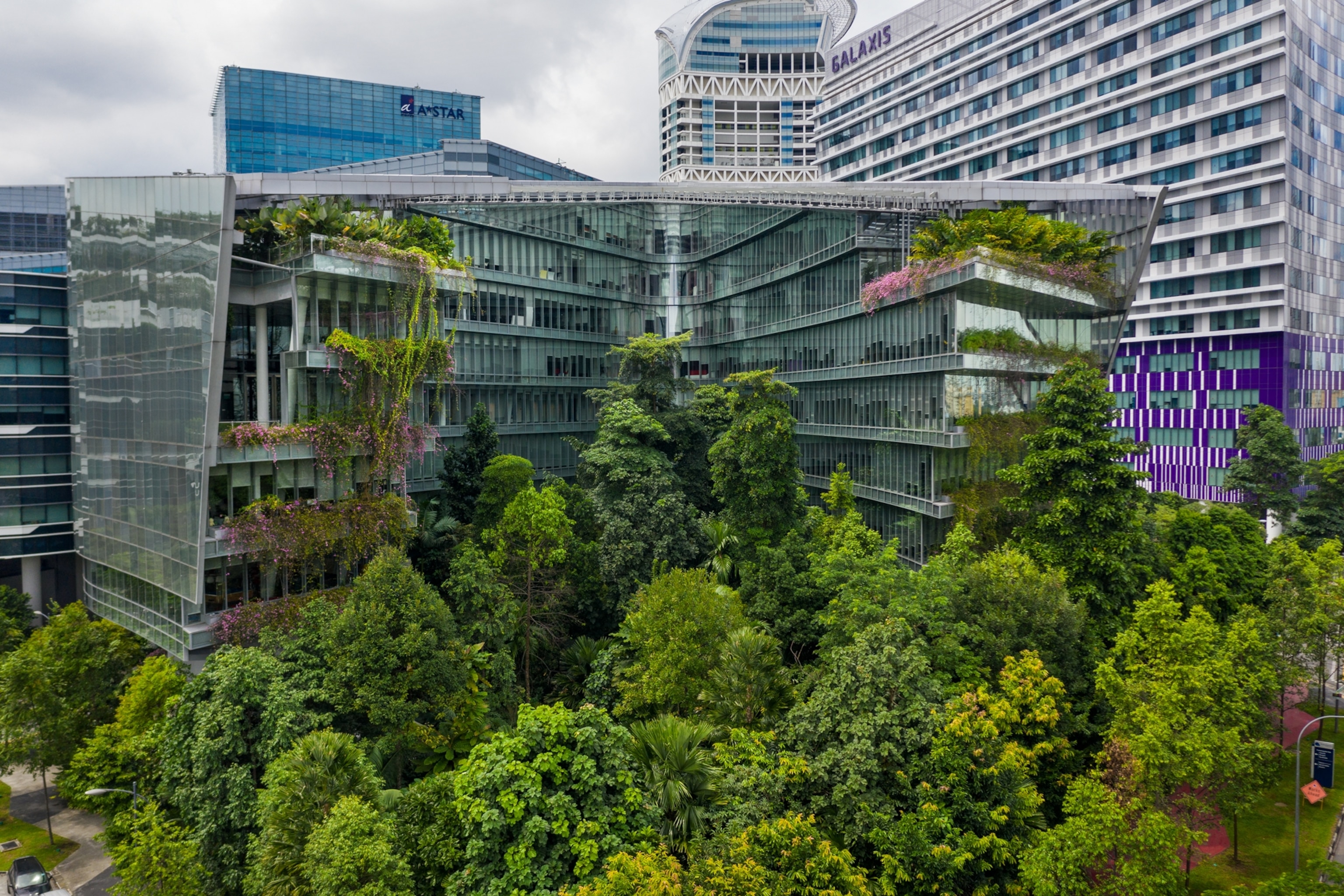
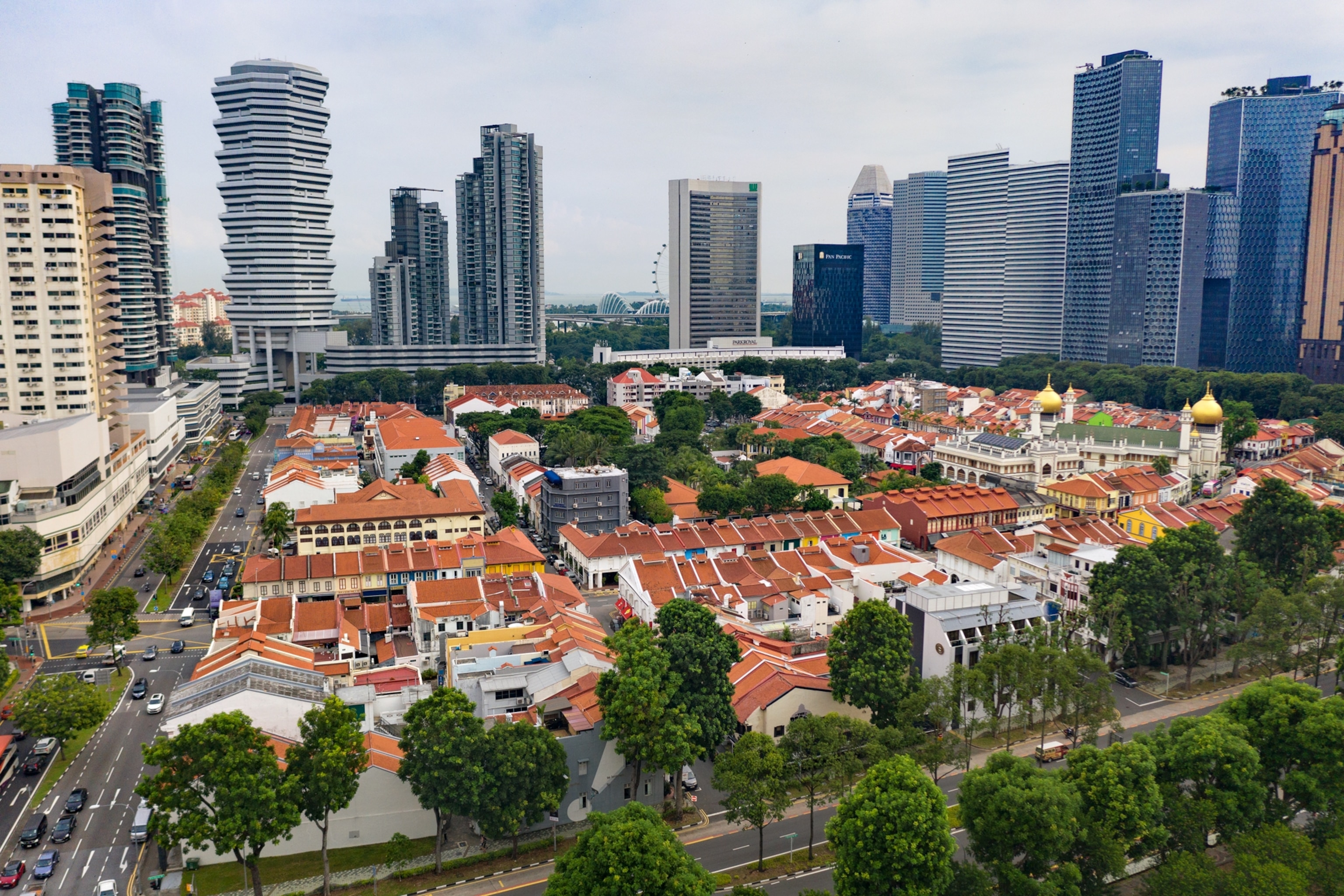
The influence of Le Corbusier is felt especially in the new urban districts that China has slapped up over the past four decades. Calthorpe, who spoke at the Savannah conference, argued that those regiments of identical apartment towers, lined up on quarter-mile-long “superblocks,” have something in common with American suburbs, as different as they appear.
“There’s one unified problem,” he said, “and it’s sprawl.” The essence of sprawl, he explained, is “a disconnected environment.” People living in high-rise towers in a park can be just as disconnected—from their neighbors and from the unwalkable street below—as people living on suburban cul-de-sacs. In China’s new towns, narrow streets lined with shops have given way to 10-lane boulevards, crowded with cars rather than bicyclists and pedestrians. “The social and economic fabric is being destroyed,” Calthorpe said.
Sprawl happened in the United States for reasons that made it seem like a good idea at the time. Millions of soldiers had come home from World War II to overcrowded, run-down cities; their new families needed a place to live. Driving to the suburbs felt liberating and modern. In China, sprawl happened for good reasons too.
In People’s Square in Shanghai I toured an exhibit on the city’s history with Pan Haixiao, a transportation researcher at Tongji University. When he arrived as a student in 1979, traffic was already terrible, he said—not because there were so many cars but because of “the very fine urban fabric,” the dense network of narrow streets. In those days, it could take Pan two hours to go downtown from the university, less than four miles away.
Wouldn’t it have been quicker to walk? I asked.
“At that time, we didn’t have enough food,” Pan said. “If you walk, you’ll feel very tired. We were always hungry when I was a student.”
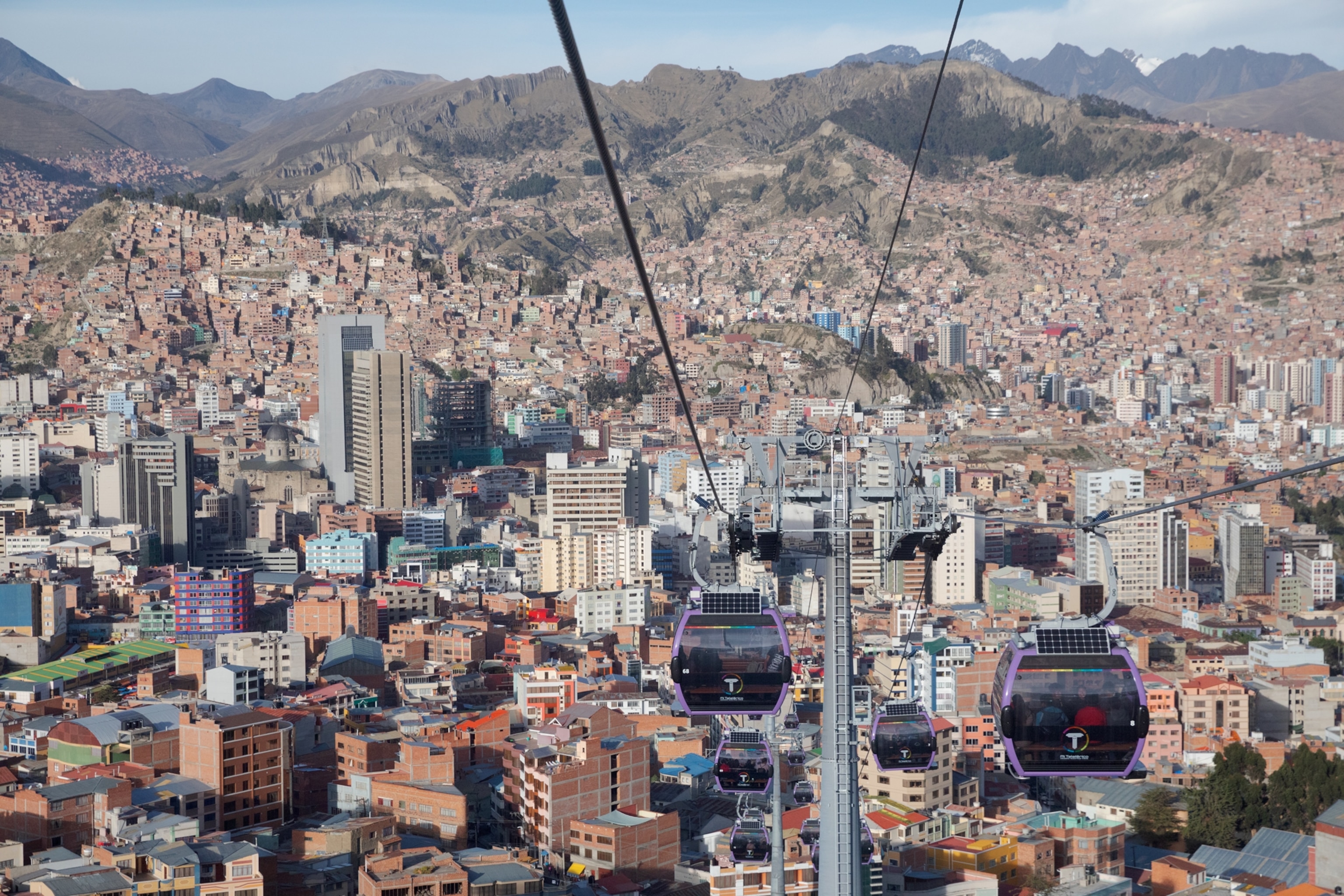

In the 40 years since Deng Xiaoping decreed the “reform and opening” of China, as its population swelled to 1.4 billion, the country has lifted hundreds of millions of people out of poverty. It has done so essentially by drawing them from the countryside to factory jobs in cities. China’s breakneck urbanization is all the more remarkable for having been preceded by Mao Zedong’s Cultural Revolution, which sent millions of people the other way, from cities into the country.
“After the Cultural Revolution, the first thing was to make everybody have a home and have enough food,” said He Dongquan, a Beijing environmental scientist who is China director for Energy Innovation, a U.S.-based think tank. He grew up in the ’70 and ’80s in Baotou, Inner Mongolia, an industrial city his parents had helped build. It’s now economically distressed—but in its prime it gave young He access to electricity, clean water, and education, for which he considers himself lucky.
As the urbanization drive began, He said, there was a rush to build apartments—and the quickest way was to churn out cookie-cutter towers on superblocks. The financial incentives were powerful, and not just for developers; Chinese city governments can get half or even more of their local revenue from selling land rights. Urban design niceties were overlooked—although following the dictates of feng shui, the towers generally were lined up in orderly, south-facing rows.
Just as with American suburbs, which helped realize millions of American dreams, the results are great, to a degree. The average Chinese family now has 360 square feet of space per person, four times the average of two decades ago. But the spaces between the buildings are uninviting, He said, so people don’t use them.
“Everybody feels lonely and nervous,” He said. Fearing crime, residents demand fences, turning superblocks into gated communities. The city becomes even less friendly and walkable.
Meanwhile, in the past 20 years, the number of private cars in China has gone from negligible to nearly 190 million. Beijing now has seven concentric ring roads rippling outward from the Forbidden City. Seventy percent of the transport infrastructure investment in rapidly developing cities is for cars, said Wang Zhigao, director of the low-carbon cities program at the Energy Foundation China, an internationally funded nonprofit.
Public transit is excellent, by American standards, but not good enough to lure enough people out of cars. Part of the problem, in Beijing and other cities, is the sprawling urban form—the legacy of all those years of building hastily. “If we don’t make the urban form right, it will be there for hundreds of years,” Wang said. “If we continue to provide a driving environment, people will drive, and we’ll still be high carbon, even with electric vehicles.” China still gets most of its electricity from coal.
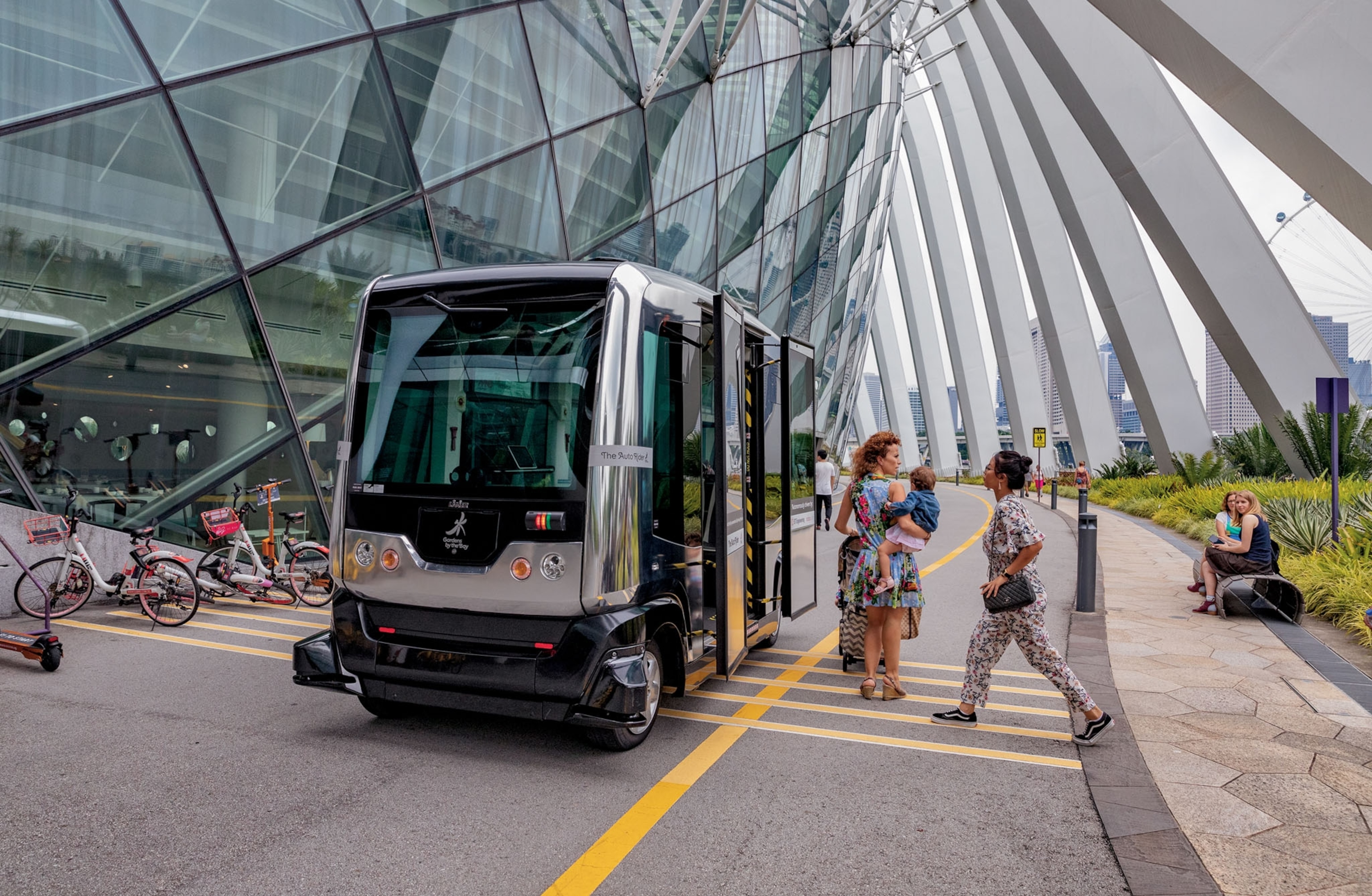
A decade ago, Wang and He got wind of a new development called Chenggong, in the southwestern city of Kunming. Planned for 1.5 million people, it was a typical Chinese new town: The main street was 90 yards across from curb to curb, 200 from building to building. “We contacted Peter and some other experts then, and they were shocked,” Wang recalled. “They said, ‘This street is not for human beings.’ ”
The Energy Foundation flew Calthorpe and an architect from Gehl’s firm to Kunming to talk with city officials. “That first lecture, they started buying into the ideas,” Wang said. Ultimately the Energy Foundation paid for Calthorpe to redo the plan for Chenggong. “It was already planned, and they already had started the infrastructure,” Calthorpe recalls. “They had already laid out the superblocks.” Where it was still possible, he divided each one into nine squares, like a tic-tac-toe board, with smaller roads. He put the buildings closer to the street, with stores on the ground level below offices and apartments.
The project, still under construction, became the first of many that Calthorpe and a young colleague, Zhuojian (Nelson) Peng, have worked on in China. It got the attention of the national housing ministry. And it reinforced a change in mind-set that already was bubbling up from Chinese urban planners—one that then got ratified in a startling way. In 2016 the Communist Party Central Committee and the State Council, the highest organs of the state, issued a decree: From now on Chinese cities were to preserve farmland and their own heritage; have smaller, unfenced blocks and narrower, pedestrian-friendly streets; develop around public transit; and so on. In 2017 the guidelines were translated into a manual for Chinese planners called Emerald Cities. Calthorpe Associates wrote most of it.
“We were a little surprised,” said Zou Tao, director of the Tsinghua Tongheng Urban Planning and Design Institute in Beijing, who also contributed to Emerald Cities. “For more than 10 years we’ve been telling people to do this. We’re still getting used to it—and still figuring out how to make it happen in the real world.”

Chinese urbanization is at a turning point. The government aims to move nearly 300 million more people—almost equal to the entire U.S. population—into cities by 2030. China faces both a shortage of decent affordable housing and a housing bubble, because many people invest in apartments and keep them off the market, said Wang Hao, a planner who spent 20 years at the Chinese Academy of Urban Planning and Design. “Half the people have moved into the city; the other half can’t afford it,” she said. The government is trying, all at once, to design cities more humanely and sustainably and deflate the housing bubble without crashing the economy. No one is sure how to do all that, Wang said.
The key test may come in Xiongan, a 680-square-mile stretch of swampy land, including a heavily polluted lake, about 65 miles southwest of Beijing. In April 2017 President Xi Jinping announced, again to general surprise, that he wanted to build a new city there. Ultimately it could house five million people and relieve congestion and pollution in Beijing. Last summer, when I visited the site with He and a vanload of planners, all that had been built was a temporary city hall complex. Chinese tourists strolled the treelined streets. An autonomous shuttle bus circulated experimentally and emptily.

Xi has declared Xiongan a project for the millennium. A video in the visitors center shows a low-rise, small-block, and extremely green city. It isn’t supposed to be completed until after 2035—an eternity by Chinese standards—but the master plan approved in December suggests it will be consistent with the Emerald Cities rule book. Calthorpe hopes to design part of it.
“We’re trying to solve all Chinese city problems,” said a landscape architect I met, a woman who preferred not to be identified. “We’re not sure we’re going to. This place will be an experiment.”
The next morning, He took me to see a more spontaneous experiment: a trendy arts district called 798, which lies in northeastern Beijing between the fourth and fifth rings. We waited until midmorning for the subway crowds to thin out—during the morning rush, the queues at some stations stretch all the way outside, because everyone is leaving one district to work in another. The nearest station to 798 was a few superblocks and about a mile away. Fortunately, dockless shared bikes have lately invaded the capital. We rented a couple and pedaled off.
It was a warm late-summer day, with a blue “meeting sky”—African heads of state were in town, He said, so the government had shut down smoke-spewing factories outside Beijing. The 798 district occupies the site of old factories that used to be outside the city too, before the city engulfed them. After the government closed the complex in the 1990s, artists began occupying the low brick buildings. Gradually a neighborhood of galleries, bars, and shops emerged. The blocks are small because they were laid out for a factory compound.
“This is very close to Portland,” He said, as we strolled the narrow streets. “We always take Portland as a good example.”
Planners face a big challenge: fighting the sprawl that has disconnected so many communities.
In an alley under a large, idle smokestack, we sipped cappuccinos, discussing the dramatic ideological change in Chinese urban planning. Undoing the effects of 30 years of superblock construction, He said, won’t be easy. “Given the scale and the economic challenges, it will take 20 to 30 years. You see points, small pieces here and there. We hope that over time, all the urban landscape will change.”
In the U.S. landscape too, islands of hope are emerging in the sea of sprawl.
Ellen Dunham-Jones, an architect and urban designer at Georgia Tech in Atlanta, one of the most sprawling cities on Earth, keeps a database of them. In 2009, when she and June Williamson of the City College of New York cowrote their book Retrofitting Suburbia, they reviewed around 80 cases of suburban spaces being transformed, mostly into something urban—that is, denser and more walkable. Today the number of projects in the database has grown to 1,500. Across the country, Dunham-Jones told me, developers are adding buildings mixing residential and retail to some 170 office parks. As online shopping kills hundreds of malls, she said, around 90 are in the process of “becoming the downtowns their suburbs never had.”
Market forces are driving the transition. The nuclear family for whom suburban subdivisions were envisioned is no longer the statistical norm; only a little over a quarter of all U.S. households consist of people with children. Young people are looking for an urban lifestyle, and so are many of the parents they left behind in the suburbs. In the little towns around Atlanta, as elsewhere in the U.S., Dunham-Jones said, “main streets were mostly killed off in the 1970s. Now that the malls are dying, those main streets are coming back.”

In Duluth, Georgia, 25 miles northeast of Atlanta in Gwinnett County, I visited one. Gwinnett was farm country until sprawl hit like a tsunami, Chris McGahee, Duluth’s economic development director, told me. From 1970 to 2008, the county’s population ballooned from 72,000 to 770,000, Duluth’s from 1,800 to 25,000. “When you leave to go to college, you come back and can’t find anything you remember,” McGahee said. “Except in downtown Duluth, there’s a little string of eight buildings that are more than a hundred years old. For some reason, they survive.”
McGahee started work in October 2008, at the height of the financial crisis. Out of the pain grew opportunity. “What the recession did for us is make land affordable,” he said. Over the next few years the town managed to buy 35 acres around those eight buildings along the railroad tracks. The buildings were nothing special, just little brick relics from the late 19th century. But they had charm and emotional weight.
They’ve now become the nucleus of a restaurant district with a music venue that offers experiences people can’t get online. Around that Main Street, the town is working to have 2,500 units of housing within a 10-minute walk. Townhomes are selling out before they’re finished, McGahee said. He lives in one and walks to work at the monumental city hall, which faces a large green.
The most ambitious revitalization project in the Atlanta area is the BeltLine: an effort to breathe new life into a 22-mile loop of abandoned railway lines around the city center. Five segments of the loop, about a third of the total, are now a paved trail for walking and jogging, biking and skating.
“The economic story is a wild success,” said Ryan Gravel, who first envisioned the BeltLine in 1999 for his master’s in urban planning at Georgia Tech. The $500 million that Atlanta has invested in it has stimulated four billion dollars in development, Gravel said, mostly on the city’s east side. Where the Eastside Trail crosses Ponce de Leon Avenue, for example, a giant old Sears, Roebuck warehouse has become the Ponce City Market, a food hall, mall, and office complex. A Ford factory that once made Model T’s is now loft apartments.
But Gravel’s idea was that the BeltLine could bind the fragmented city more powerfully: It was meant to be a streetcar line as well, one that would spur economic development and affordable housing in the places that needed it most—the African-American neighborhoods in the south and west of the city. MARTA, the Atlanta transit authority, has built one small streetcar line and has a $2.7 billion expansion plan. But it has no plans to build the whole 22-mile loop anytime soon. Gravel worries that “the promise won’t ever be delivered.”
He grew up in Chamblee, a suburb to the northeast, “going to the mall, stuck in traffic on I-285,” he said. “Practically every year they added another lane.” Then in college he spent a year in Paris. He discovered a functioning subway and the joy of wandering the streets aimlessly. “I learned how to walk in Paris,” he said. He came back to Atlanta to be part of changing it.
From the Ponce City Market, we walked south to an old telephone factory, where Gravel plans to open a café and forum to bring people together to talk about the Atlanta they want. Joggers and cyclists and pedestrians streamed by us on the trail. The rail line had always been a physical barrier that separated neighborhoods; now it’s a place that connects people.
“That’s kind of beautiful,” Gravel said.
A century ago, as the Ford plant on Ponce de Leon was starting to churn out Model T’s, Atlanta was shooting outward along streetcar lines. Many major cities in the U.S. were doing the same, stretching tentacles of rail into the countryside and building villages around the stations. Until after World War II, Los Angeles had the world’s most extensive urban rail network, more than a thousand miles of track.
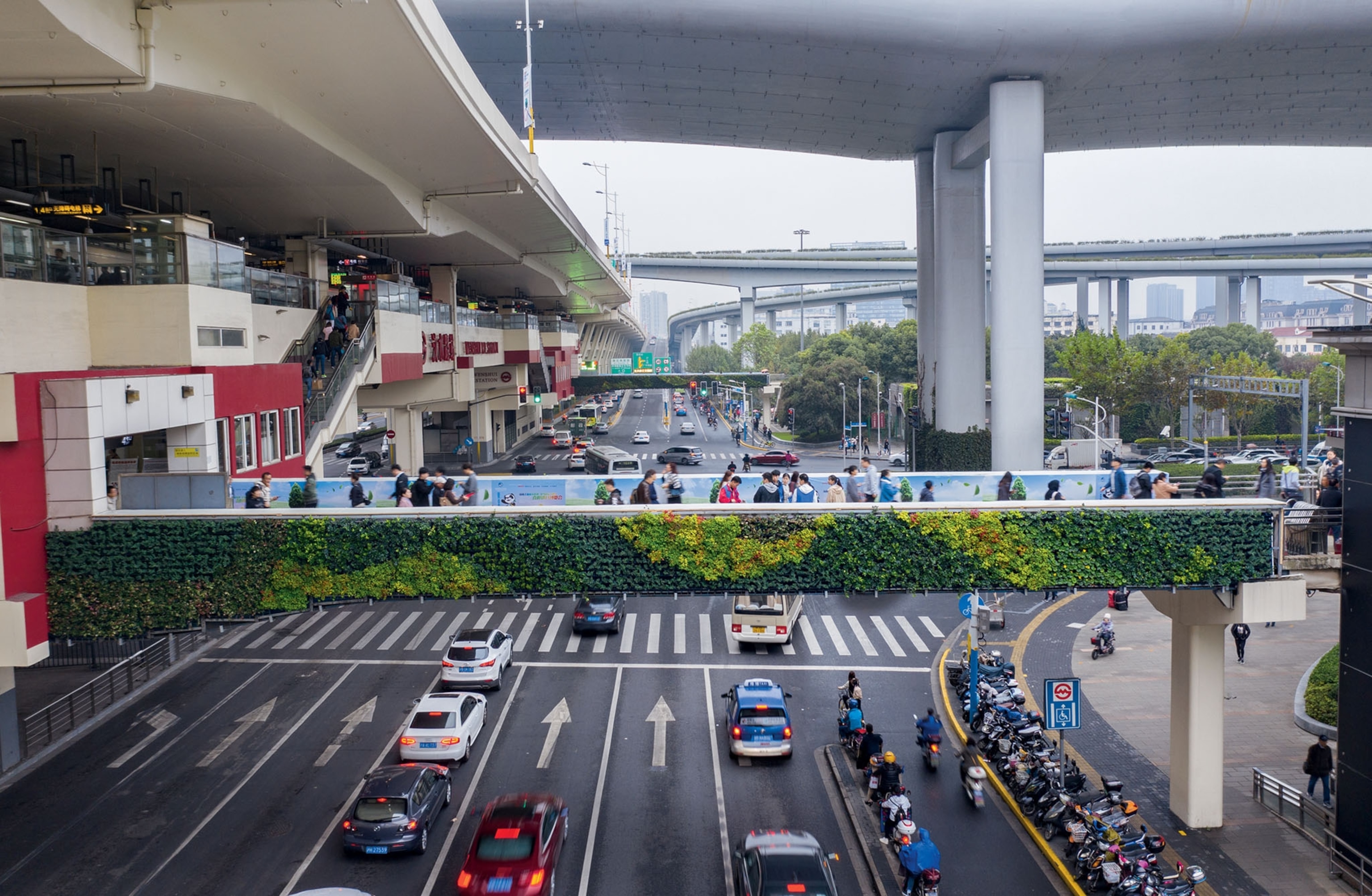
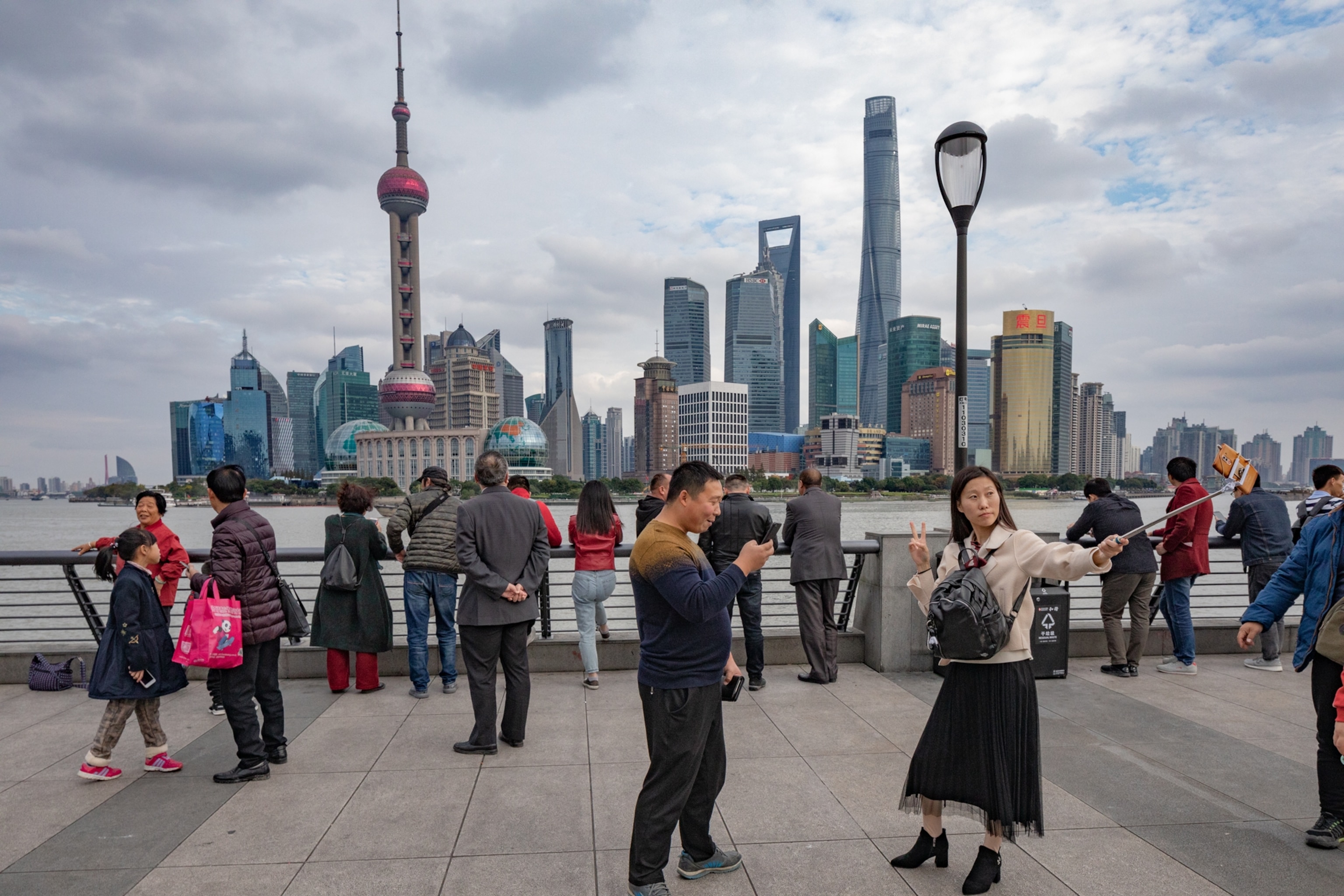


“That is what creates the urban form,” said Joe DiStefano, a longtime colleague of Calthorpe’s who runs the UrbanFootprint business. “Berkeley is a walkable place because the urban form was generated by the investment in a streetcar system.” Even in spread-out Los Angeles, most places were within walking distance of a transit stop, until the city and the country shifted, DiStefano said, “until the automobile made it possible for us to travel broader distances on our own—the automobile, and trillions of dollars of investment in the infrastructure to move it.”
Los Angeles became the paragon of car culture. But these days it’s trying to move out of that trap—back to the future. Since 2008, Los Angeles County voters have twice approved, by two-thirds majorities, half-cent hikes in the sales tax to pay for an extensive transit expansion—in part, no doubt, because they hope it will get other people off the freeway. “We have soul-crushing congestion,” said Therese McMillan, chief planning officer for Metro, the transit authority. The Expo light-rail line to Santa Monica was completed in 2016; the Purple subway line is being extended nine miles, from downtown to near UCLA; and a light-rail line is planned to the southeast—along an old streetcar right-of-way.
Transit alone can’t fix Los Angeles; ridership actually fell last year. “Driving’s too cheap, housing’s too expensive,” said Michael Manville, an urban planner at UCLA. People have to pay to ride transit, but not to drive the freeway or to park in most places. Meanwhile, an affordable-housing crisis brought on by gentrification and citizen resistance to multifamily housing pushes low-income people, the ones most likely to ride public transit, to the fringes of the metropolis, where public transit is sparse.
Change is happening: In Santa Monica I met one architect, Johannes Van Tilburg, who has designed 10,000 units of housing near transit lines in the past 15 years. But can the whole fabric of a sprawling city be changed?
“I think the answer is absolutely yes,” DiStefano said. It took us only 50 years to blow up a walkable urban form that had endured millennia, he said; we could undo that in another 50. DiStefano worked with Calthorpe on the El Camino thought experiment. “That corridor is Anywhere, U.S.A.,” he said. The same opportunity exists on strips around the country—the same opportunity to create walkable, connected cities to house a growing population, without cutting another tree or paving another mile.
Before Anywhere, U.S.A., is reimagined, however, it’s likely to be hit by the next explosive new technology. Self-driving cars should ultimately be safer than human-driven ones. Bombing along bumper to bumper in 60-mile-an-hour platoons, they may increase road capacity and reduce the space we devote to parking. But by the same logic, they could also dramatically increase the number of vehicle miles traveled, as robotic Uber and Lyft taxis deadhead around the metropolis 24/7, waiting for fares, and as personal-AV owners leave them spinning in traffic to go shopping. And consider, finally, the new impetus that robotic chauffeurs could inject into urban sprawl. If your car becomes a self-driving office or living room or bedroom, how far would you be willing to commute in it?
How about if your car were a plane? In a hangar south of San Jose, I got a glimpse of a future that may not be far off. The hangar belonged to a company called Kitty Hawk, and it contained four little aircraft with cheerful yellow fuselages. Each wing had six electric propellers pointed upward. Cora, as the plane is called, takes off like a helicopter and runs on battery power. It has two seats, and neither is for a pilot—Cora flies itself. A pilot on the ground monitors its progress, taking control remotely if necessary.
Former Virgin America CEO Fred Reid, who oversaw Cora until early this year, explained the rationale for self-flying planes. He began by showing me a video of that soul-crushing traffic in Los Angeles. “There’s no doubt in any thinking man’s or woman’s brain that this is not only going to happen, it has to happen,” he said. Kitty Hawk has a bunch of competitors.
Across the U.S., renewed desire for an urban lifestyle is sprinkling suburbia with new ‘downtowns.’
The initial market for Cora would be as an air taxi, Reid said. You’d arrive at LAX, say, and a Cora would whisk you a thousand feet above the traffic, flying a predetermined route. It would be relatively cheap, he said, closer to an Uber Black in price than to a helicopter. Being electric, it would be quiet and relatively green. Also, Reid added, “we try to make our planes pretty.” He pictures thousands in the skies above L.A.
I’d take one in a heartbeat, I realized.
But what will it be like, I asked Reid, to have thousands of these zipping around the skyline? You’re inventing a new technology that has just as much revolutionary potential as automobiles. What kind of world will it make?
“We’ll figure it out,” Reid said.
Maybe we will. But it might be wise to do some of the figuring first. We didn’t have to go completely nuts about cars, allowing them to become the tail that wagged the urban dog. We didn’t have to rip up all the streetcar lines. We didn’t have to forget that cities are for people—and we don’t need to do it again.
When Gehl started his career in 1960, Copenhagen was choked with cars too. Gehl began as an architect in the modernist tradition, designing the kinds of buildings that he now dismisses as “perfume bottles”—sculptural compositions rather than humanistic ones. But he changed course, and so did his city. Copenhagen has committed to becoming the world’s best city for pedestrians and cyclists. It’s working. Two-fifths of all commutes now are by bike.
The point is not that bikes are the answer; it’s that we can be thoughtful about the shape of our cities. “Waking up every morning and knowing that the city is a little bit better than it was yesterday—that’s very nice when you have children,” Gehl said. “Think about that … Your children have a better place to live, and your grandchildren have a better place to grow up than you could when you were young. I think that’s what it should be like.”



